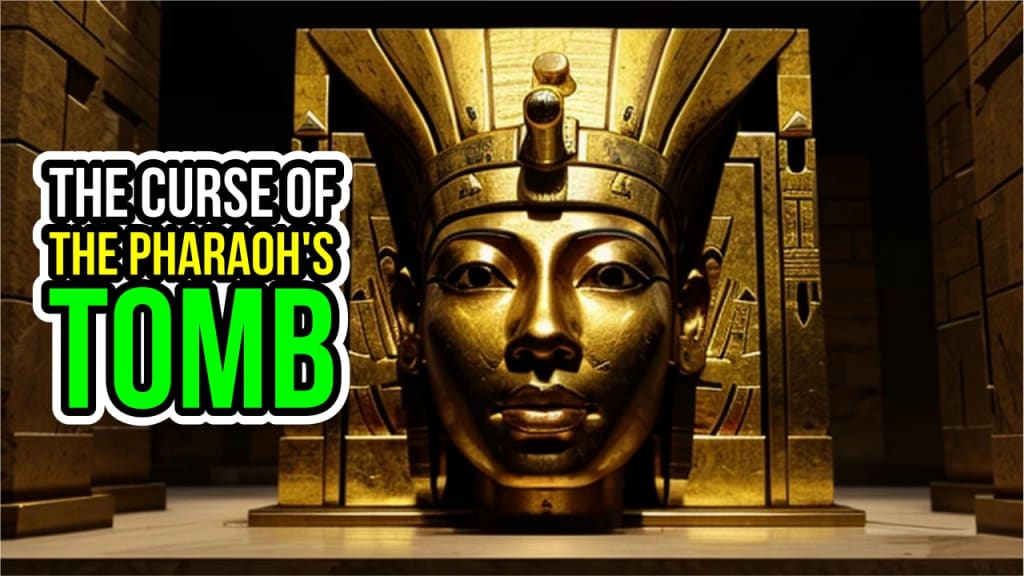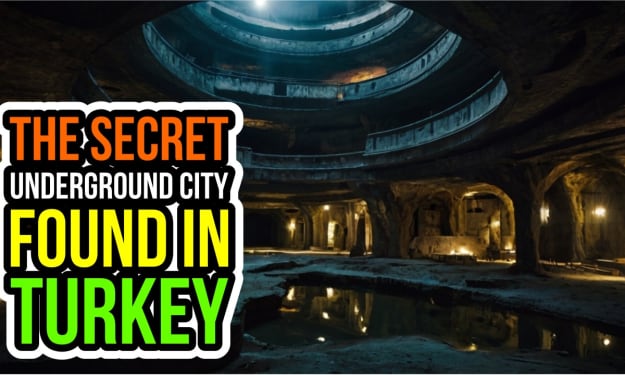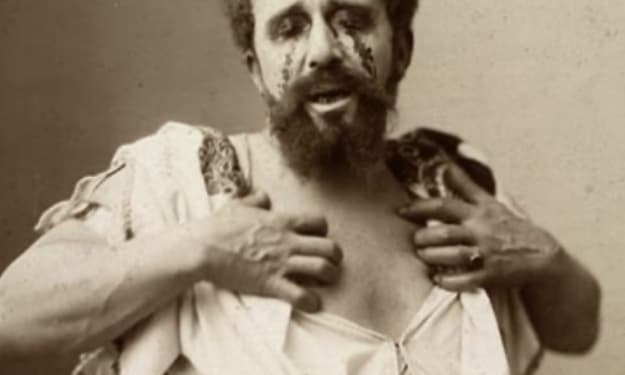The Curse of the Pharaohs' Tombs
The Tutankhamun's curse

The discovery of ancient Egyptian tombs has long fascinated the world, but none more so than the tales of curses said to plague those who dare to disturb the eternal rest of the pharaohs. The most famous of these legends centers around the tomb of Tutankhamun, often referred to as King Tut, whose final resting place was unearthed in 1922 by British archaeologist Howard Carter. This discovery, while monumental in the field of Egyptology, quickly became shrouded in mystery and fear due to a series of unexplained deaths and misfortunes attributed to the so-called "Curse of the Pharaohs."
When Howard Carter and his patron, Lord Carnarvon, opened the tomb of Tutankhamun, they were met with an unparalleled treasure trove of ancient artifacts. The tomb was remarkably intact, filled with golden relics, statues, and the young king’s magnificent sarcophagus. This find captivated the public and media worldwide, drawing attention not only for its archaeological significance but also for the ominous warnings etched into its walls, supposedly invoking a curse upon anyone who disturbed the pharaoh's peace.
The first eerie event that fueled the curse legend occurred shortly after the tomb was opened. Lord Carnarvon, who financed the expedition, died unexpectedly from an infected mosquito bite that developed into pneumonia. His death, occurring within a few months of the tomb’s opening, sent shockwaves through the media, which eagerly propagated the idea of an ancient curse. Reports claimed that at the moment of Carnarvon's death, all the lights in Cairo mysteriously went out, and his dog back in England howled and dropped dead.
Watch the full video, please click here
Following Carnarvon’s death, other individuals connected to the excavation also met untimely or mysterious ends. These included George Jay Gould I, a wealthy American financier who visited the tomb and later died of a fever, and Sir Archibald Douglas Reid, a radiologist who X-rayed Tutankhamun’s mummy and succumbed to a mysterious illness soon after. By 1929, it was reported that a total of 11 people associated with the discovery had died under unusual circumstances.
While these events seemed to support the notion of a curse, many experts and skeptics offered more rational explanations. Some suggested that ancient bacteria or mold spores, sealed in the tomb for centuries, could have caused infections among those who entered. Others believed that the psychological stress and media sensationalism surrounding the tomb's discovery might have contributed to the fatalities and illnesses.
Despite these rationalizations, the allure of the curse persisted, reinforced by subsequent discoveries and misfortunes. In 1972, the treasures of Tutankhamun were sent on a world tour, and even then, rumors of the curse followed. For example, in London, where the exhibit was held at the British Museum, some staff members reported strange occurrences, such as the unexplained malfunctioning of security systems and an increase in accidents and illnesses among the staff.
Watch the full video, please click here
Beyond Tutankhamun, other tombs and mummies have been associated with curses. The tomb of the Pharaoh Amenhotep was said to bear an inscription warning that death would come on swift wings to those who disturbed his rest. Even in modern times, the legend endures, often referenced in popular culture, literature, and film, fueling both fascination and fear.
The enduring legend of the Curse of the Pharaohs reflects humanity’s deep-rooted fear of the unknown and the supernatural, as well as our respect and awe for ancient civilizations. While many of the deaths and misfortunes can be explained by natural causes, the power of the curse narrative lies in its mystery and the eerie coincidences that seem to defy rational explanation. The story of the curse serves as a reminder of the enigmatic and often perilous journey into the past, where ancient wonders and modern curiosity intersect in tales that captivate the imagination and evoke a timeless sense of wonder and dread.
The Curse of the Pharaohs' Tombs remains one of the most enduring and intriguing legends of our time. It encapsulates the allure of ancient Egypt, the mysteries of its burial practices, and the timeless human fascination with the supernatural. As archaeologists continue to explore the secrets of the past, the story of the pharaohs' curse reminds us of the thin veil that separates history from myth, and the enduring power of a well-told tale to captivate and mystify.
About the Creator
Enjoyed the story? Support the Creator.
Subscribe for free to receive all their stories in your feed. You could also pledge your support or give them a one-off tip, letting them know you appreciate their work.





Comments
There are no comments for this story
Be the first to respond and start the conversation.